It’s a classy car, the Lexus LS.
Not only is it equipped with smart hybrid technology and filled to the brim with gadgets and high-quality materials, but it’s also one of the smartest designs on the road.
Since the fifth-generation car’s launch in 2017, though, it has been tasked with an almost impossible mission: rivalling the practically flawless Mercedes-Benz S-Class and the more driver-focused BMW 7 Series.
But the LS does have one trick up its sleeve: exclusivity. Whereas S-Classes are a frequent sight, being beloved of ‘executive’ private hire firms everywhere, Lexus sold just 10 LSs here last year. If rarity is cool, this car is sub-zero.
One of the LS’s main draws is its hybrid power, and with almost 30 years of experience in building these sorts of drivetrains, Lexus can justifiably call itself an expert.
Every LS has a 3.5-litre V6 petrol engine, two electric motors and a lithium ion battery; your only choice is between rear- or four-wheel drive. Combined output stands at 354bhp, so it’s good for 0-62mph in a snappy 5.4sec.
There are a few negatives that we should point out, however. While the power is sufficient and effective at helping the LS overcome its 2.4-tonne kerb weight, the hybrid powertrain feels hesitant at times and struggles to respond to part-throttle inputs as effortlessly as you should expect of a luxury limo.
Still, the electric motor provides a decent slap of torque around town and fuel economy is reasonable, at an official average of 35.5mpg. We’ve also found it to be one of the better-handling cars in its class, while its interior is unique and nicely constructed, with plush materials including leather and real metals.
The LS initially offered four equipment grades: base, Luxury, F Sport and Premier. Even the base car was overflowing with technology and kit, but happily the majority of nearly new LS models have been specified in the range-topping trim.
A set of 20in alloy wheels and triple-LED headlights with automatic high beam are standard on entry-level cars, while inside there’s a 12.3in infotainment screen, digital dials, a 360deg camera, air-quality control, dual-zone climate control and heated leather seats.
Move up to Luxury for fourzone climate control, a premium 23-speaker sound system and 28-way adjustable seats with ventilation in both the front and back.
F Sport gains bespoke styling that includes a unique alloy wheel design, a front grille with an L-shaped mesh pattern, black brake callipers and black detailing on the bootlid, front bumper and side sills. You also get smooth leather seats, variable-ratio steering and dynamic rear steering – not that any of that puts it on a par with a 7 Series for driver engagement.

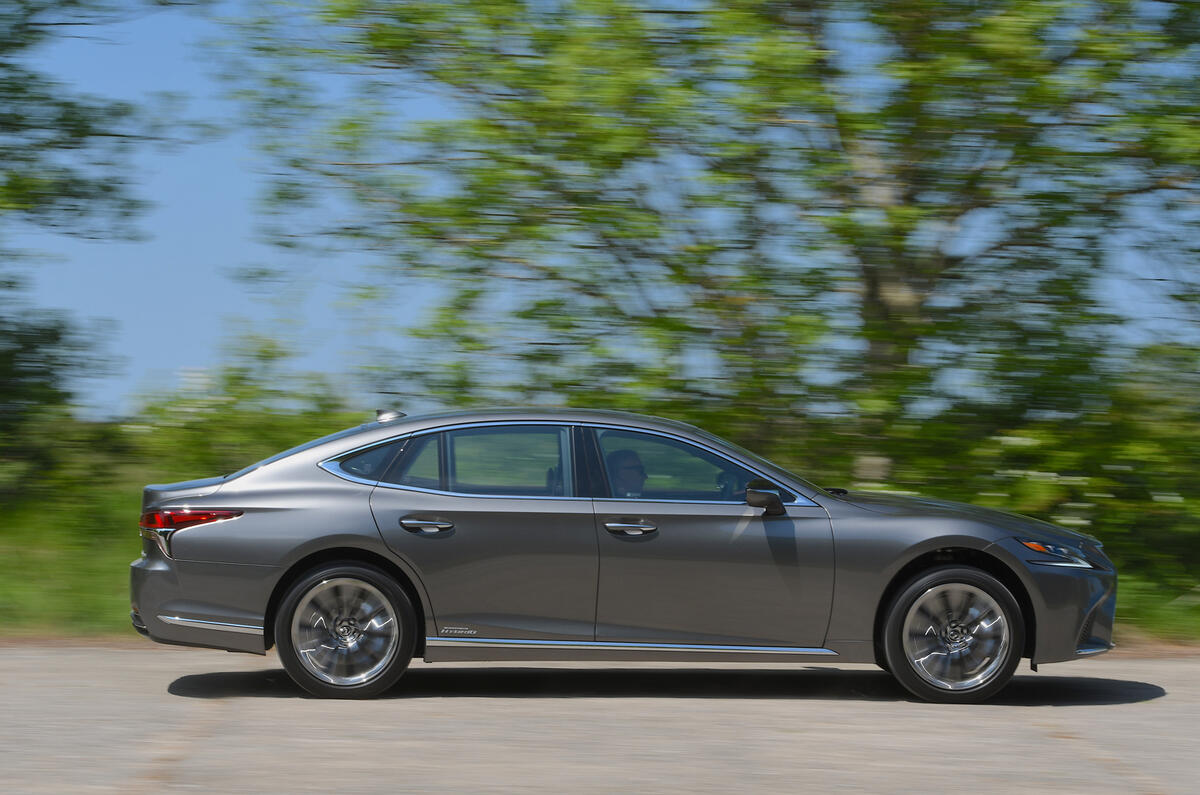
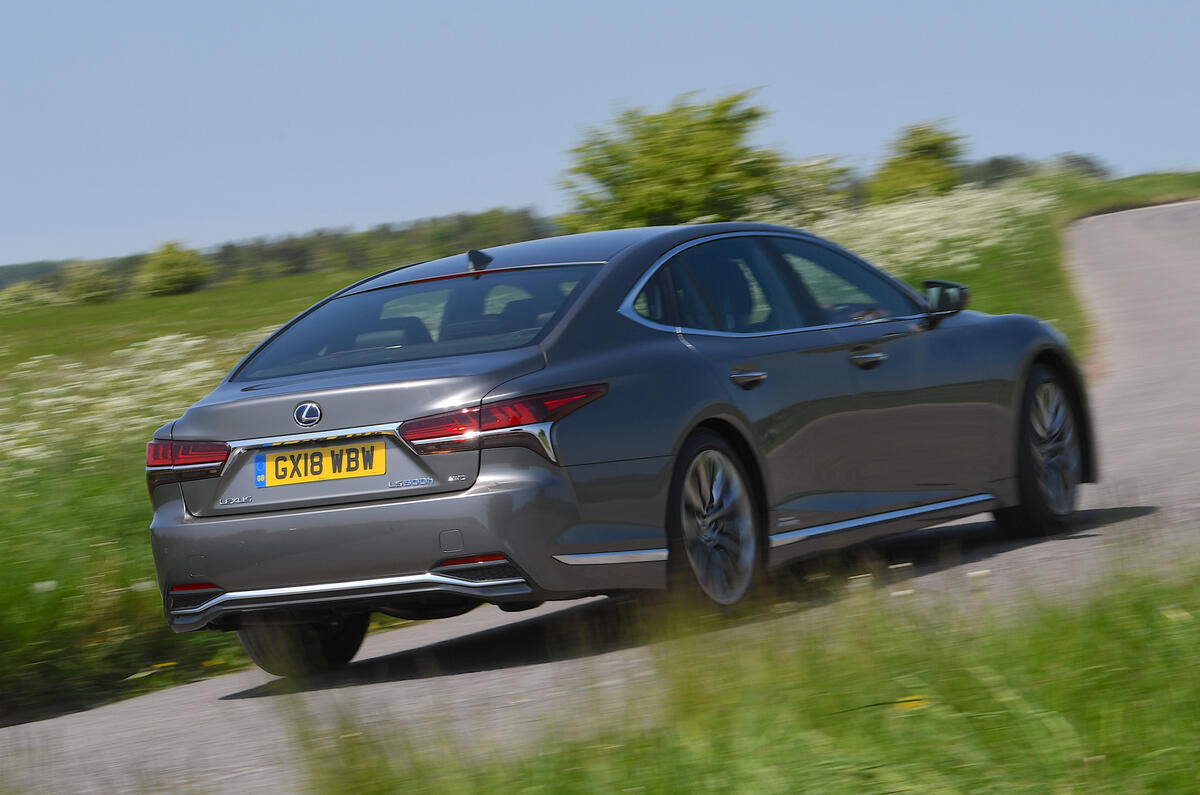
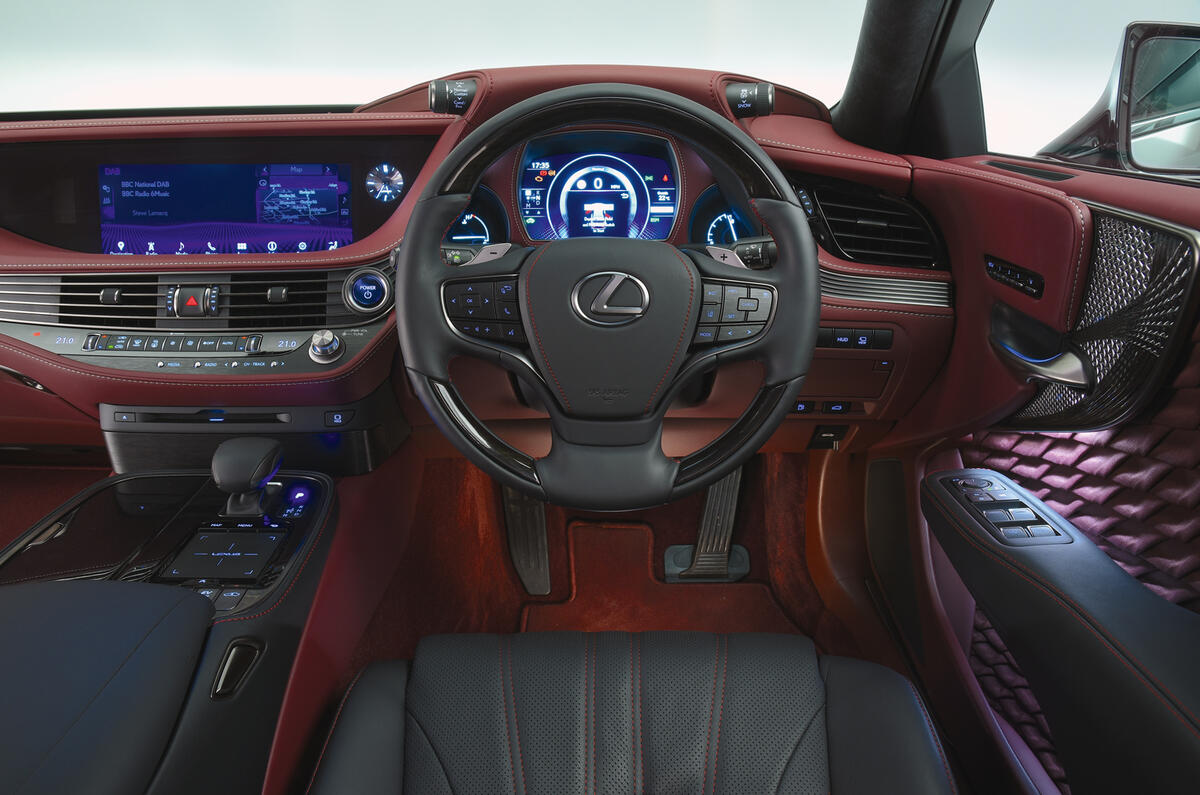
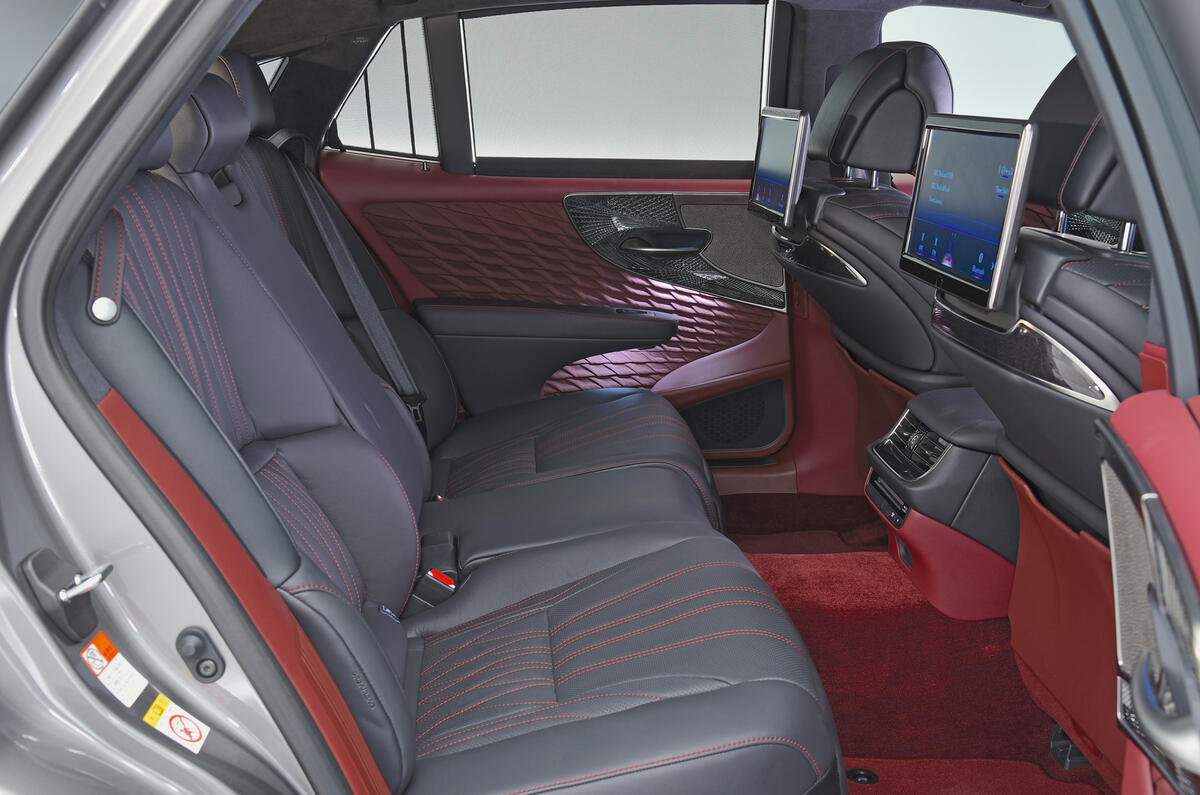
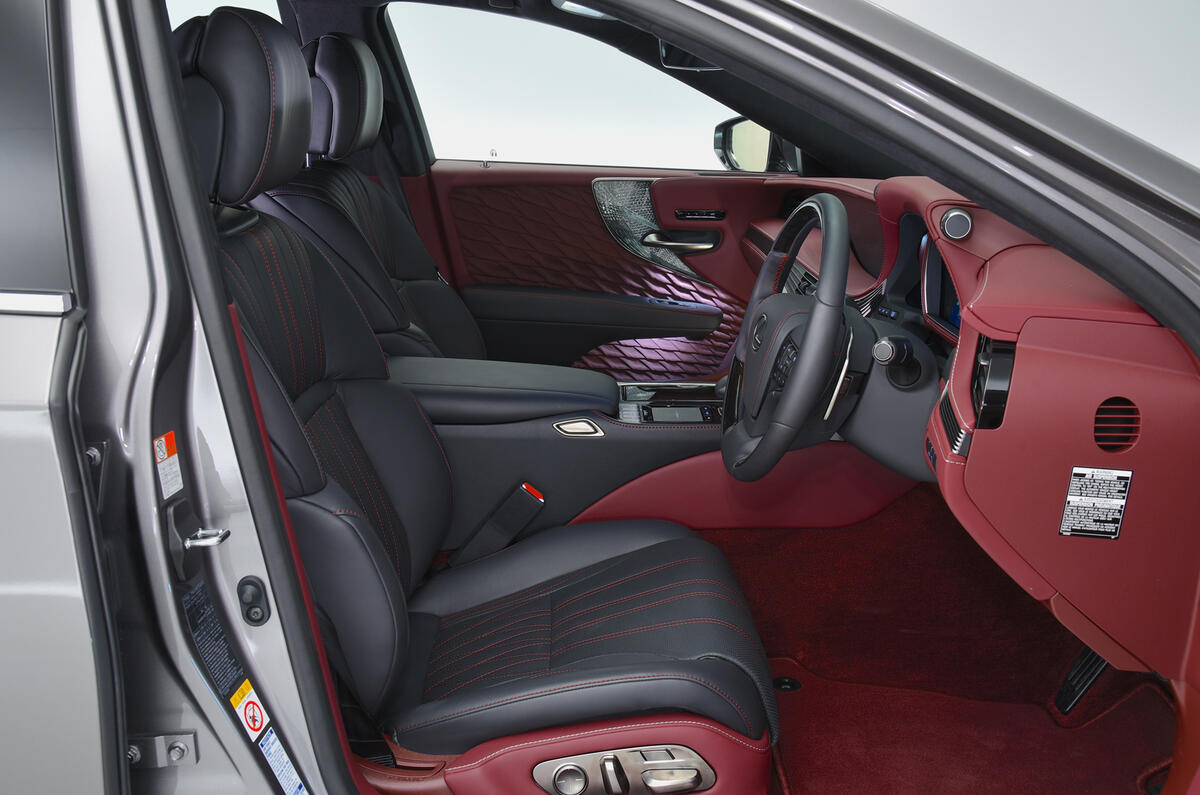

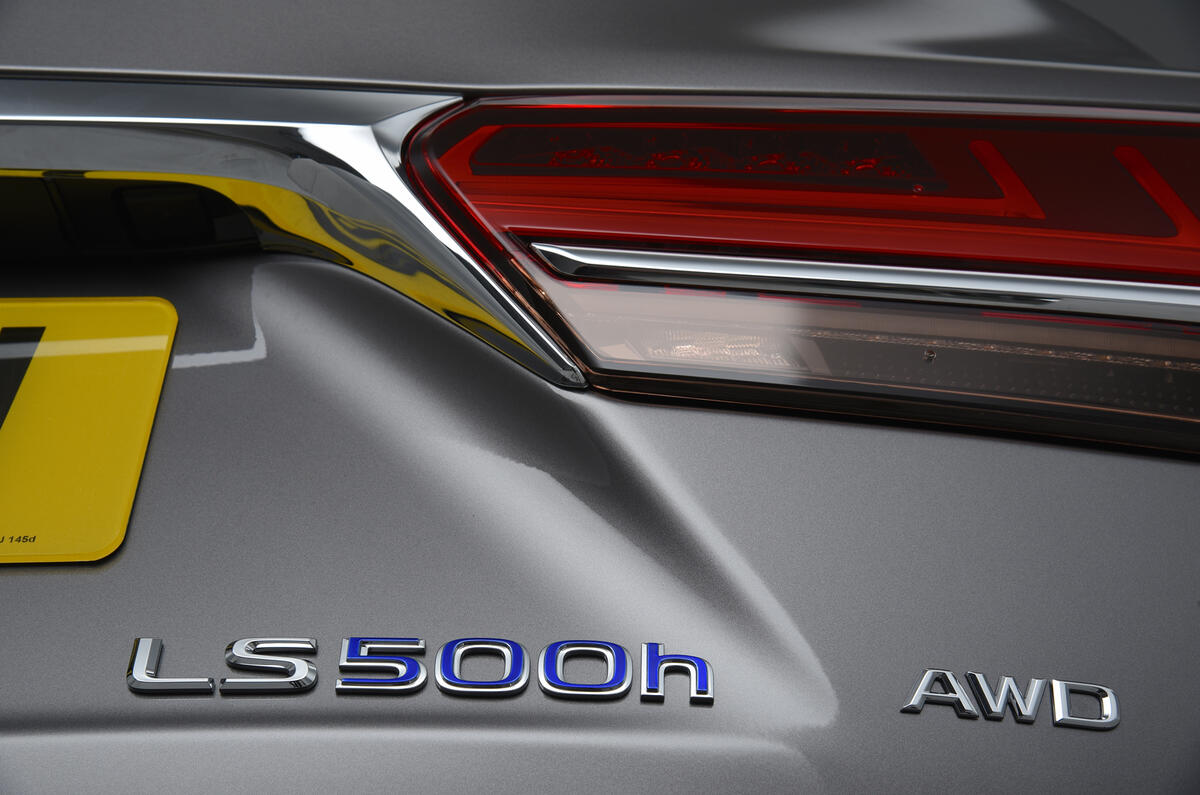
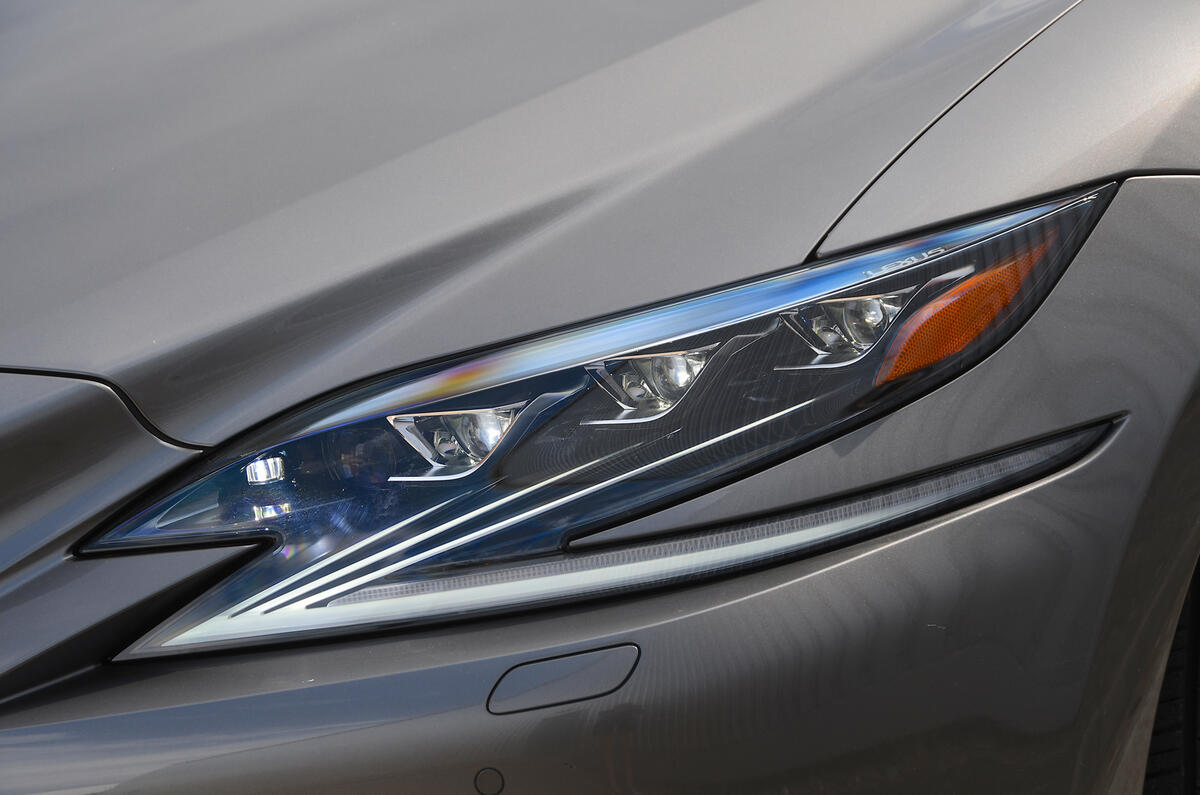
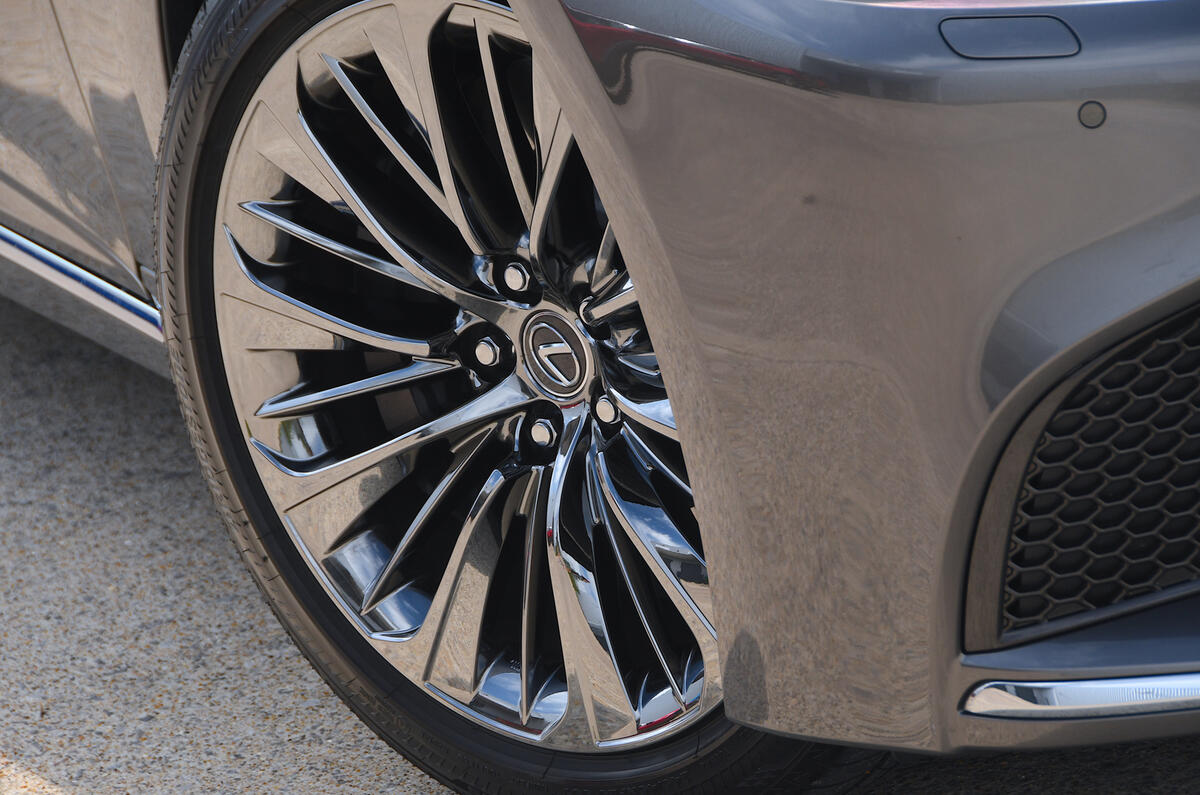
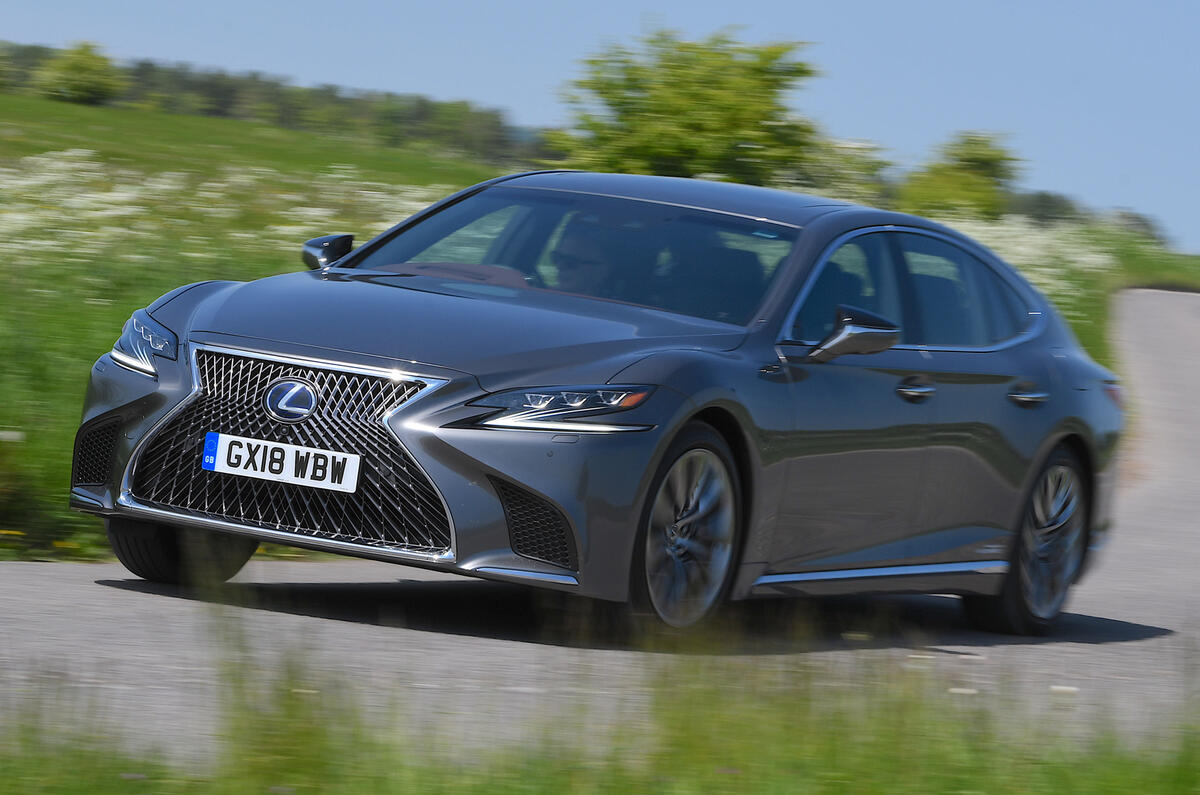
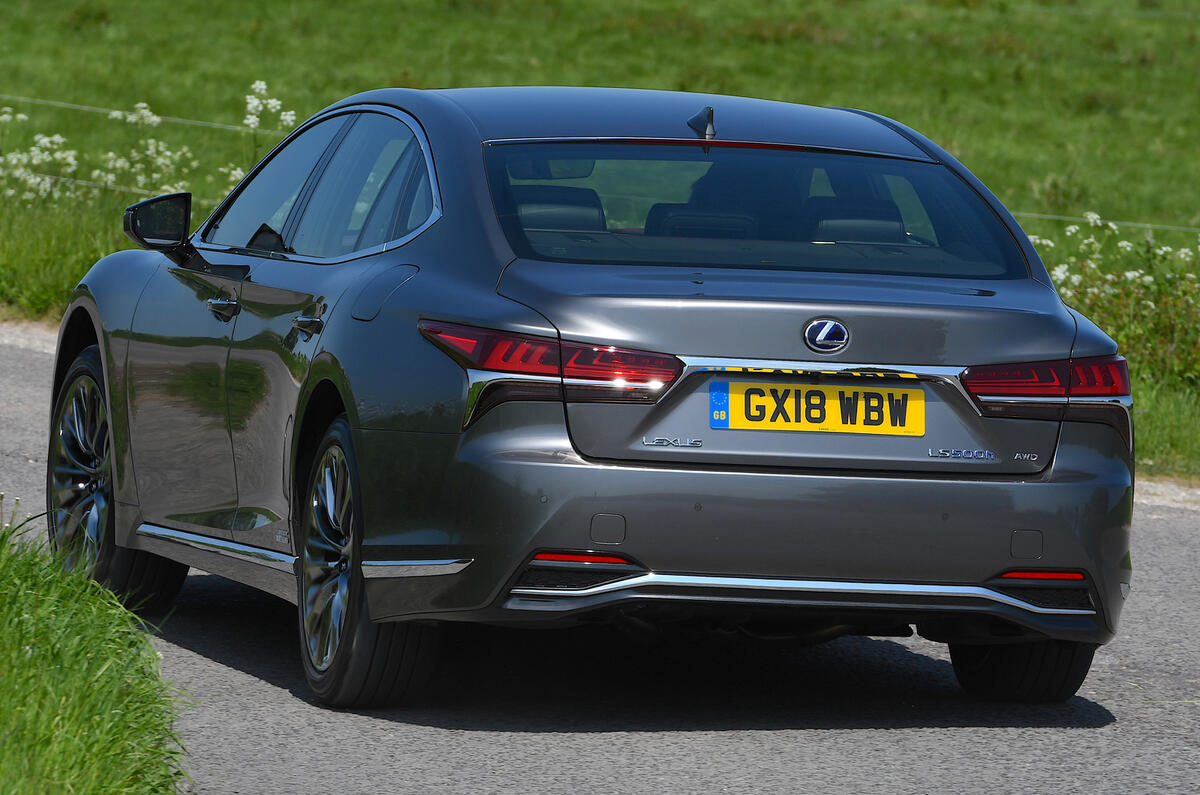
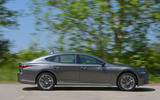
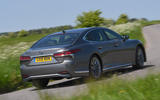
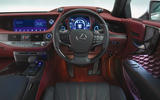
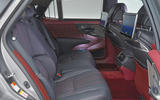
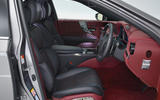
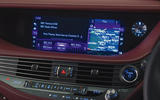

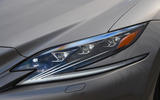
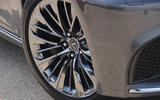
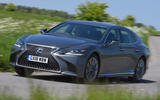
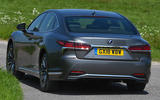


Join the debate
Add your comment
I have driven quite a long way in these, so i thought i would give a different view. I didnt detect any hesitancy in the powertrain, which is silky smooth, and more than powerful enough. The economy is pretty dreadful around town, but truely amazing on a long cruise (44mpg impressed me). Very comfortable (although you need to like firmish seats), and built like a tank. less rear leg room than you would expect from a 17 foot long car, and yes, quite a tiny boot, blame the batteries. I doubt there is a better built in Stereo, and you still get a CD player. The interior is amazing in design, materials used, and construction. A 10 year warranty is nice to know too, although i doubt any claims will be needed on it. At £50k they are amazing value